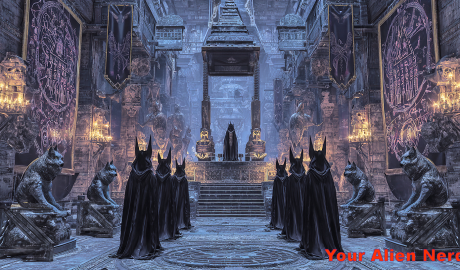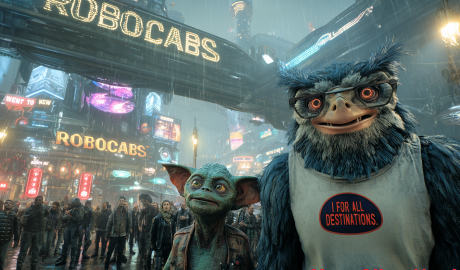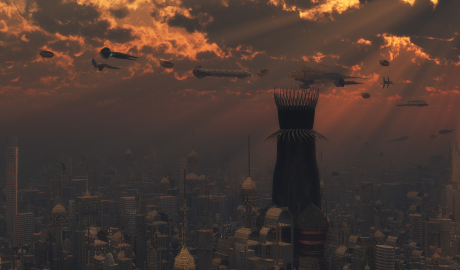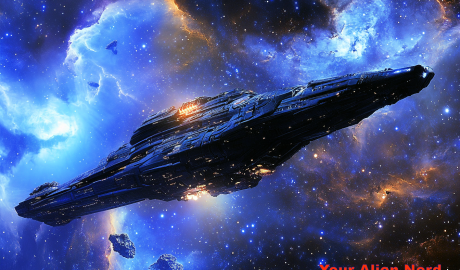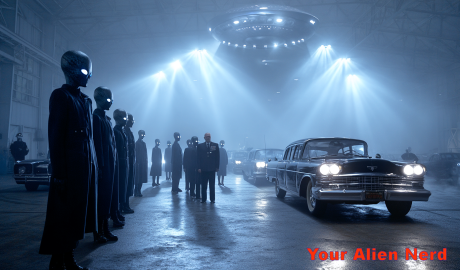The Mandela Effect: Glitches in Memory or Reality Itself?
Introduction: You Remember It Differently… But So Does Everyone Else Have you ever confidently recalled a fact, name, or historical detail—only to find that the entire world seems to remember it differently? You’re not alone. Welcome to the Mandela Effect, a term coined by researcher Fiona Broome after she andContinue Reading



